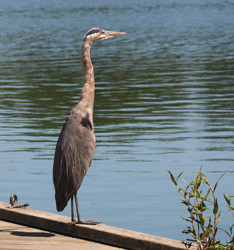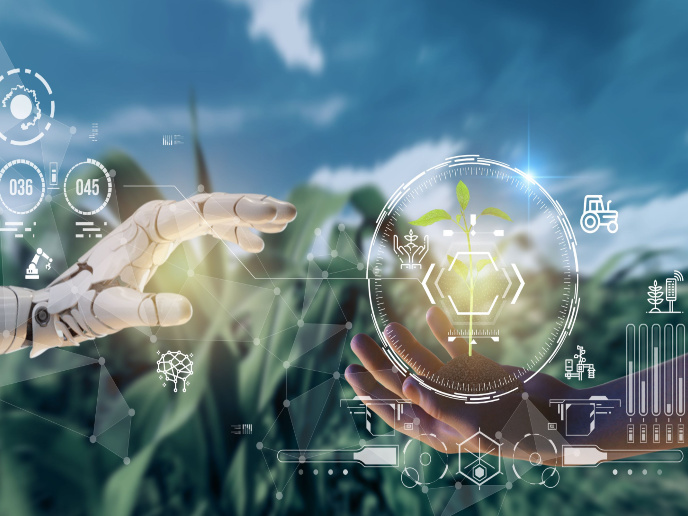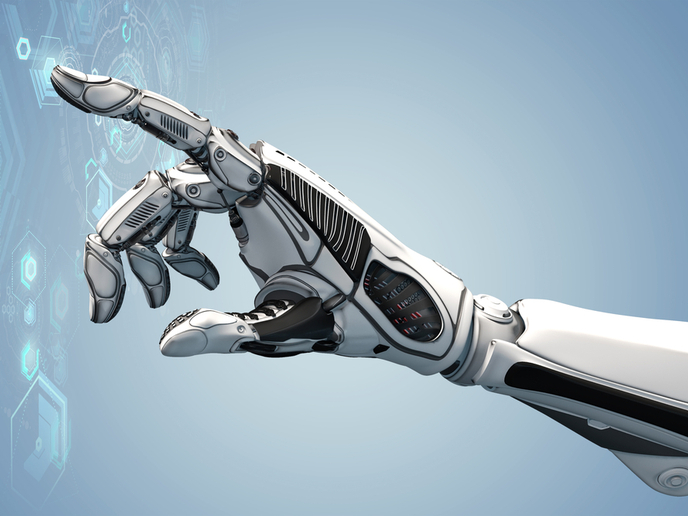Mini robots seek out water pollutants
Climate change, challenges to biodiversity and different forms of pollution are increasingly menacing our rivers, lakes and seas. The HYDRONET (Floating sensorised networked robots for water monitoring) project developed technology that enables water bodies to be monitored more effectively. To achieve this it brought together experts in environmental science, biology, chemistry, robotics and sensor systems from Israel, Italy, Russia, Slovenia and Switzerland. Project partners designed a floating platform based on microelectronics and microfabrication sensor technology (i.e. miniature sensors that are integrated into a network of independent floating robots and fixed buoys). The sensors were embedded in an ambient intelligent infrastructure for interactive configuration, tasking and monitoring. HYDRONET developed a catamaran robot to monitor coastal areas and lakes, as well as a flatboat robot for rivers and lagoons where the water is shallower. In addition, the robots are able to locate a pollutant source and to map the distribution of a pollutant and they feature syringe samplers and a physical probe for collecting water at different depths. The accumulated samples are then processed by the sensor devices to measure pollutants such as mercury, cadmium, chromium and petroleum hydrocarbons. Traditional monitoring systems are static, while the use of boats and their crews for mapping pollution distribution is expensive. HYDRONET's network of buoys and floating robots armed with sensors will therefore help to reduce monitoring costs and to reach areas not previously accessible with standard monitoring systems. Researchers tested the robots and buoys in different parts of Italy, including the Gulf of Trieste, the Marano Lagoon, Isonzo River and the northern sea coast of Tuscany. It also tested all the wireless and radio communications that control the robots remotely and guide them autonomously to search for a pollution source. The project results have already reached interested key parties through publications and dedicated events, promising a new area in water monitoring once the technology is fully exploited. HYDRONET will also be of direct use to policymakers and local authorities, helping to promote sustainable management of water resources through the development of new technologies, tools and services. It will also help improve water quality, thereby providing health, social and economic benefits.
Keywords
Robots, water pollutants, networked robots, water monitoring, sensor technology







